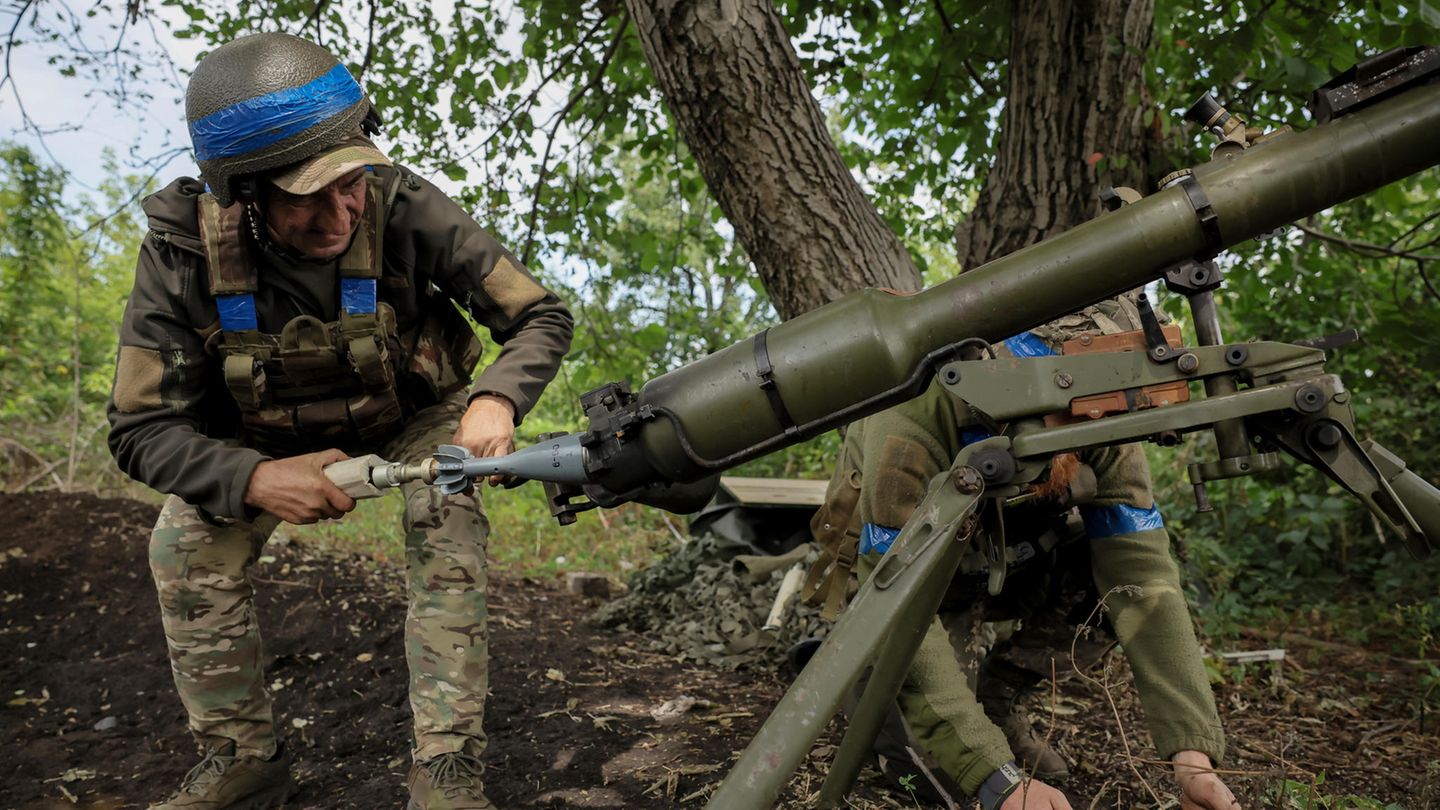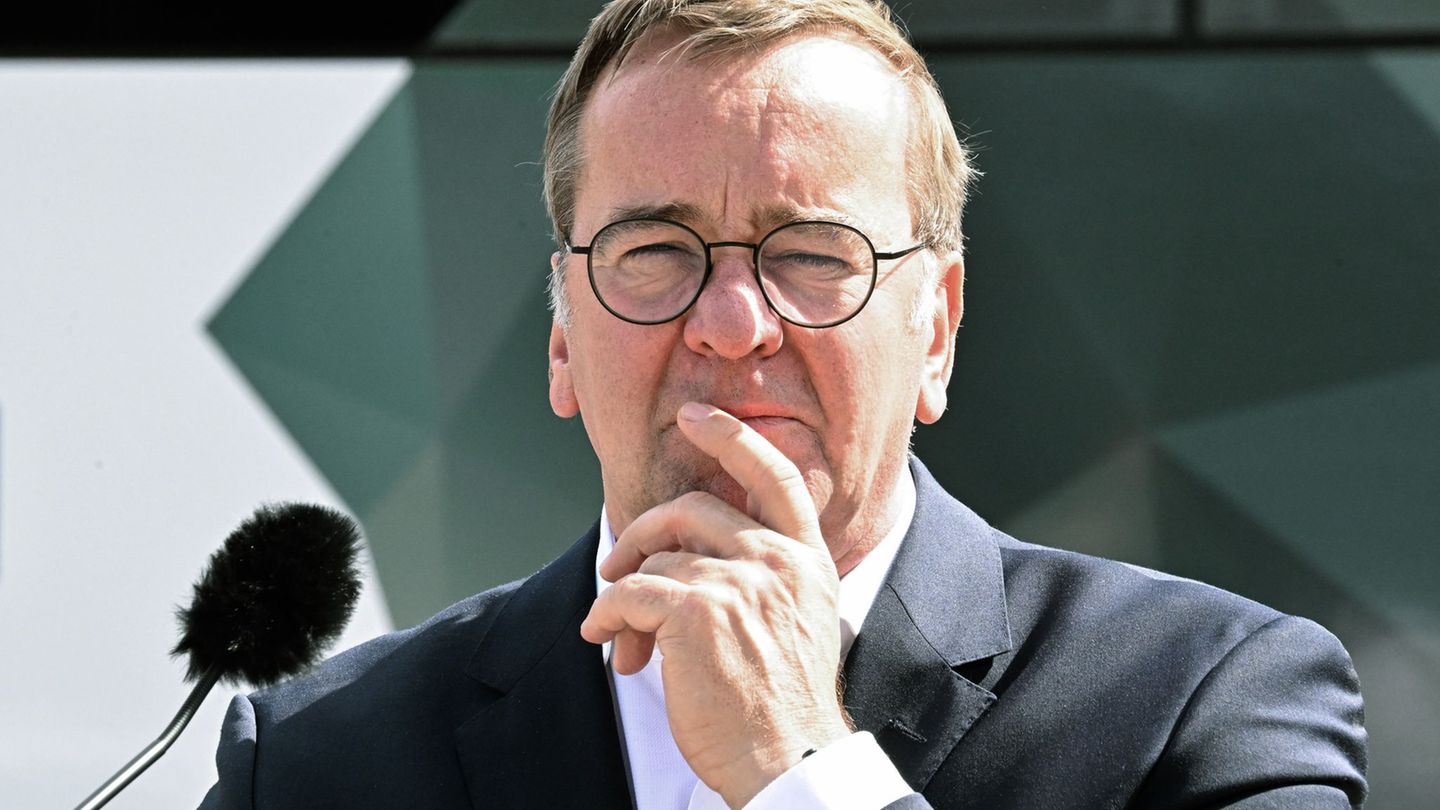Instead of coming from the federal budget, aid to Ukraine is to be paid for more through interest on frozen Russian capital – a financial plan that resembles a ruse of war.
What is it about?
Germany and other western countries have provided Ukraine with massive support in recent years. The German government says that Germany’s contribution to military aid alone is 28 billion euros – including both deliveries made and promised. That is where the problem lies. Germany has already pledged so much for the future that the money planned in the budget is just about enough for it. But not for much more. So there are three options: No new aid – which does not fit with the country’s own oaths of loyalty to Ukraine. Fresh money – which is unlikely to be forthcoming as long as the debt brake is to be adhered to. Or they come up with something. That brings us to the frozen Russian funds.
Where does the money come from?
Following the large-scale attack by Russian forces on Ukraine in February 2022, funds from the Russian Central Bank amounting to 210 billion euros were frozen in the European Union alone. Tens of billions more were withdrawn from Russia’s reach in the USA and other countries. Attempts to expropriate the money and give it to Ukraine as a kind of early reparations proved to be very difficult from a legal perspective. But the proceeds are easier to get hold of. Last year alone, 4.4 billion euros in interest accrued in the EU.
How should the billions be used?
This is where the real trick lies. Or, as German Finance Minister Christian Lindner called it, the “smart instrument”. The money is not simply to be transferred to Kiev, but to be used to pay interest and repay a loan of a whopping $50 billion to Ukraine. In the end, Ukraine will have the money and its supporters will have no new debts – at least for the moment. Not only the Europeans are involved in the plan, but also the G-7 countries, i.e. the major industrial nations including the USA. The idea is to become reality within a few months.
Is it that easy?
The practical problems are huge. It starts with the fact that EU countries like neutral Austria do not want to have anything to do with military support for Ukraine. Therefore, the EU only wants to make 90 percent of the interest collected available to the armed forces and use the rest for direct financial aid to the invaded country. A small part is to be set aside to finance the expected legal disputes.
Is Germany shirking its responsibility with this trick?
For all the charm of the proposal, the fight against Russia’s invasion of Ukraine cannot be financed with money from Moscow alone. The federal government knows this too. But the upcoming state elections in the east will certainly not be won with new promises of aid – and a slightly different spin on the debate by the traffic light coalition may even come in handy. Ultimately, the government will have to be judged on whether it keeps its promises and supports Ukraine for as long as the aid is needed.
Source: Stern




